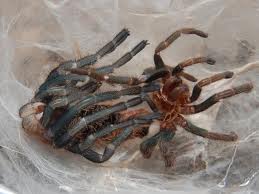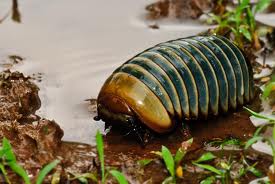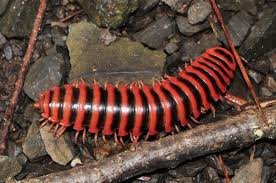Hi again,
Guess what I got? Well, I’m sure you’d guess from the title, so just bear with me; A rose hair tarantula! Her name is Theadora and she’s a real sweetie. She walks on my hand without any complaint and is a great eater. If you’re thinking of getting a tarantula I’d definitely recommend getting a rose hair! Here is a care sheet that I wrote to help you out called Tarantulacare.
Heres a picture of Thea:
Isn’t she cute?
Tarantulas are members of the family theraphosoidea. Rose hairs can live for up to 15-20 years, and their habitat is normally in the desert. They have a varied diet consisting of mealworms, grasshoppers, crickets, moths, and sometimes small mice. Tarantulas can have up to 500 eggs in one egg sac, which she makes out of silk. She then stays near the sac without eating for a couple months before hatching. They are normally a rich brown with creamy hairs and a pinky tinge. Unlike true spiders, tarantula jaws strike downward, while true spiders strike sideways. They also have small teeth which help crush the exoskeleton. They, like millipedes, sense sound with their body, and do not possess a trachea. They instead have something called a book lung. Inside the chamber, the lamellae are stacked up in the manner of pages in a book, hence the name.
The molting process is one of the most interesting characteristic of a tarantula. They generally molt four times a year when young and one to two times a year in adulthood. When they molt, the spider spins a sheet web. It gets onto it and flips over on its back. Blood pressure increases, causing the exoskeleton to split at the front edge. The rip gets bigger. The spider then lays on its side and pulls out of it, one leg at a time.
There is a tarantula finishing its molt.
And here is a video: http://www.youtube.com/watch?v=qg4jza96lRU
Sadly, one of my tarantulas died while molting. It got stuck in its molt and died. This is a very common happening and is usually caused by the absence of moisture, which helps a tarantula molt.
Thanks for reading and I hope you enjoy tarantulas as much as I do!













